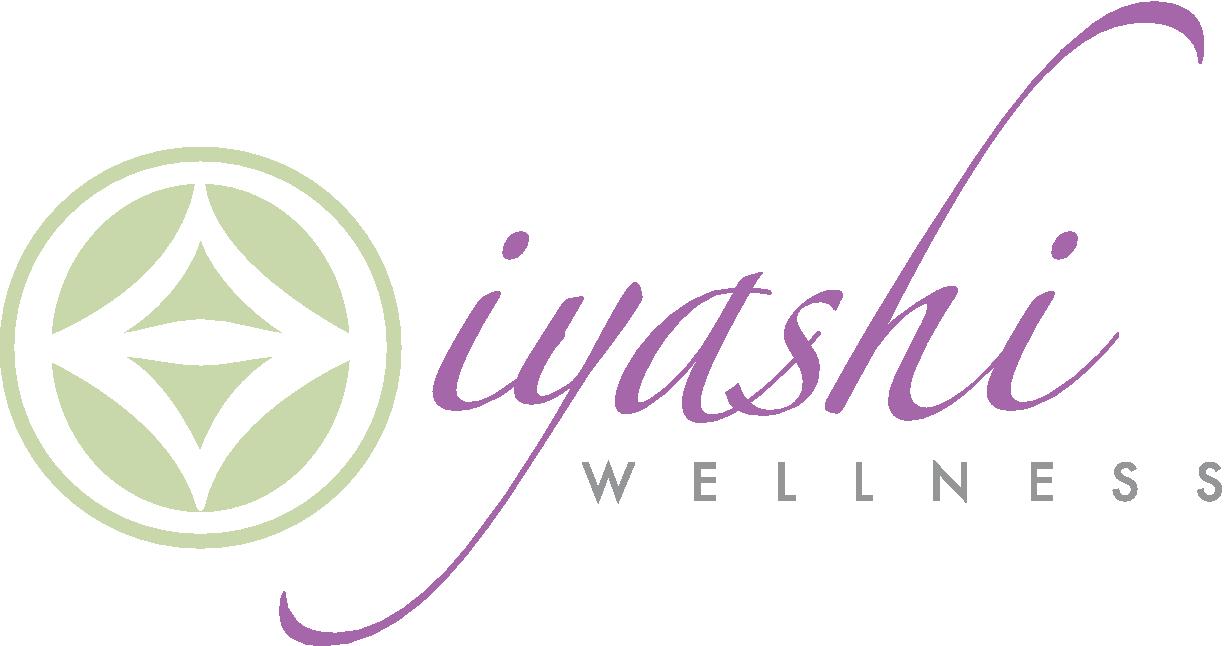This is Part 7 of my 12-Part Series on Leaky Gut and Family Health. Part 1: Leaky Gut: What Is it, And Do You and Your Child Have It? Part 2: Leaky Gut According to Chinese Medicine Part 3:The 4 R’s to Gut Healing: Removal (Step 1) Part 4: The Feingold Diet for Behavioral Problems Part 5: Real Food 101 Part 6: Autoimmune Paleo Protocol for Leaky Gut Part 8: Reinoculation Phase for Healing Leaky Gut Part 9: Repair Phase for Healing Leaky Gut Part 10: Challenges of Going Through Dietary Changes and How To Succeed Part 11: Raising Kids with Healthy Cravings and Part 12: Leaky Gut: Tying It All Together
If you haven’t read the first six articles in this series, please go back and read those first. Otherwise, this article will not be very helpful for your gut healing journey!
Recall that the 4 R’s of healing your leaky gut include: Removal, Replacement, Reinoculation, and Repair. I have found in clinical practice that many individuals who “fail” at healing leaky gut tend to either focus intently on the Removal phase with little to no regard to the Replacement, Reinoculation, and Repair phases, or they “cheat” at the Removal phase and only focus on the latter phases. While removal of gut-damaging processed foods, genetically modified foods, gluten, grains, and other inflammatory foods that harm your intestinal microbiome is imperative for healing a leaky gut, the other steps must not be ignored or taken lightly.
So what is involved in the step of Replacement? This includes replacing digestive enzymes that are likely not being produced in optimal amounts: hydrochloric acid and pepsin for digesting proteins, lipase for digesting fats, amylase for digesting carbohydrates, and cellulase for breaking down the cell walls of bacterial biofilms and yeasts. The Replacement phase may also involve the use of amino acids for detoxification and tissue repair, vitamins and minerals for addressing micronutrient deficiencies, and Chinese herbs for addressing zang-fu (organ) imbalances. Because the ability of the gut to sufficiently digest and absorb micronutrients may be impaired, higher dosages and vitamin injections may be required. In a healthy gut, some vitamins such as the critical B vitamins are produced by beneficial bacteria for their human host. However, in an unhealthy gut that has been damaged by antibiotics, NSAIDS, inflammatory foods, and genetically modified foods, these B vitamins must be taken exogenously in the form of supplements or injections. The Chinese herb Gan Cao (licorice root) is almost always used in gut healing protocols either in the form of a decoction (herbal tea) or tincture.
Indications that you need to take digestive enzymes can include GI symptoms such as acid reflux (GERD), frequent belching, mucus in your stool, and a feeling of heaviness in your stomach several hours after eating a meal. If you have been a vegetarian or vegan for several months or years, you will also likely require a digestive enzyme containing pepsin or hydrochloric acid if you decide to start eating meat again. The body stops producing the digestive enzymes that digest proteins when you’re on a low-protein diet such as a vegan or fruitarian diet. This is one reason why long-time vegetarians can get sick if they eat meat.
So how do you know which nutrients need to be replaced, and in what amounts? Symptoms of nutrient deficiencies are quite varied, and can include any symptom in the book, from graying of hair to belly fat, headaches, and fatigue. There are a variety of functional lab tests that can help answer this question, but the most comprehensive is definitely the NutrEval test from Genova Diagnostics. This sample requires both a blood and urine sample, and can provide insight for malabsorption and dysbiosis, neurotransmitter metabolism, cellular energy and mitochondrial metabolism, fatty acid balance, toxin exposure, vitamin deficiencies, and detoxification need. If you have ever wondered whether you’re getting enough omega-3 fatty acids, if you need to take a CoQ10 supplement, if you need to do a detox, or if your multivitamin is really working for you, this test provides those answers and more. This is an excellent test for individuals with chronic fatigue, fibromyalgia, Parkinson’s, Alzheimer’s, autism, inflammatory bowel disease, and conditions that have responded poorly to conventional treatment. The insight it provides can be life-changing, and it takes the guesswork out of your supplementation regimen.
However, the caveat is that it isn’t paid for by most health insurances and the cost is similar to paying out-of-pocket for a root canal. Until insurance companies catch on that testing for metabolic and nutritional biomarkers through tests such as the NutrEval can prevent extremely high future medical costs in the form of prescription drugs, surgeries, and hospital stays, such lab testing is only available for those who can afford to spend several hundred dollars on their own health care expenses.
I recommend you go to a Naturopath to get these tests done and they may have other tests they can conduct to get more thorough testing.
Also be mindful of that fact that the Replacement phase of healing leaky gut also involves other things beyond nutrition. This will be discussed more in future articles in this series, but qigong, meditation, exercise, acupuncture, and moxibustion have all been clinically proven to help heal leaky gut syndrome. If you’ve been leaving these methods out of your health strategy, it’s time to start adding them in.
Stay tuned for the next article in this healing leaky gut series, in which I will discuss Reinoculation.

